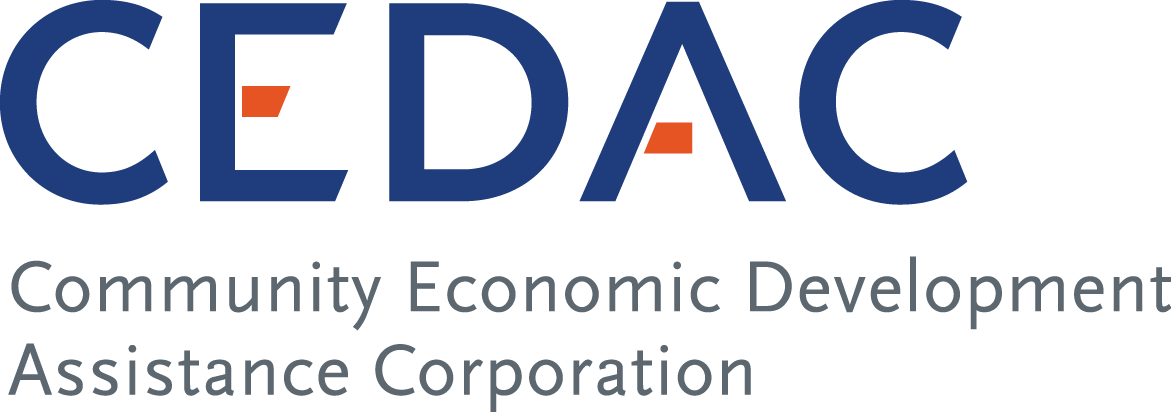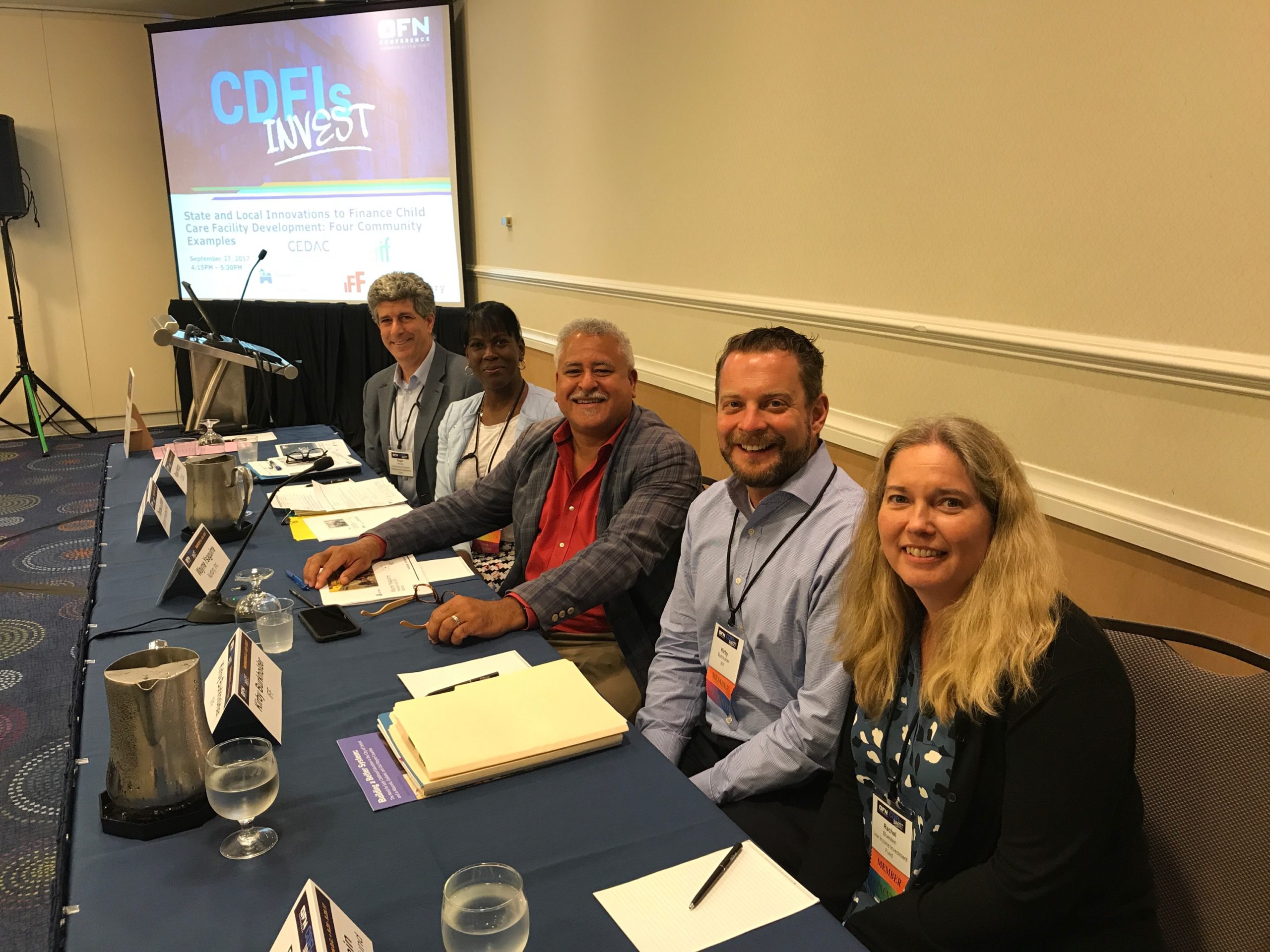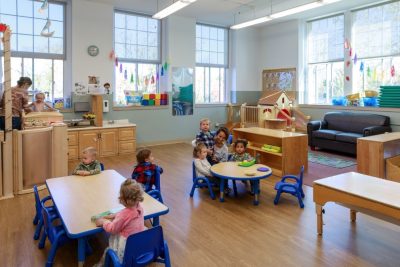At a time when federal funding is in flux and early education and care remains chronically underfunded, state and local innovative efforts to finance child care facilities can offer smaller-scale solutions. Through its commitment to supporting high-quality early education and care with public dollars (for a background on MA’s commitment through the EEOST Capital Fund program read INSITES: Investing in Spaces for Children), Massachusetts is leading the way – but it is not alone.
Sharing Solutions
On September 27, CEDAC and Children’s Investment Fund (the Fund) hosted a panel at the 2017 Opportunity Finance Network’s (OFN) Conference in Washington, DC. OFN is the leading national network of community development financial institutions (CDFIs) investing in opportunities that benefit low-income, low-wealth, and other disinvested communities in the U.S. The session, entitled “State and Local Innovations to Finance Child Care Facility Development: Examples from Four Communities,” discussed challenges that child care providers face when trying to create high-quality learning environments and explored the innovative financing solutions that have been developed at the state level in Massachusetts, and at the local level in the cities of San Francisco, New York, and Detroit. In addition to CEDAC and the Fund, the panel included Rachel Bluestein from the Low Income Investment Fund (LIIF), Kirby Burkholder from IFF, and Wayne Ysaguirre of Boston’s Nurtury.
Theresa Jordan shared background on how Massachusetts’ EEOST Capital Fund was established and the results it has achieved to date. Conference attendees were particularly interested in Children’s Investment Fund’s 2011 report, Building an Infrastructure for Quality, because it is one of the only recent systematic assessments of child care facility needs that has been conducted in the country. This report provided data-driven analysis that informed policymakers and led to the bond legislation creating a stable source of public financing to address facility capital needs around the Commonwealth.
LIIF presented information on financing and training available to early education providers as part of a public-private Child Care Facilities Fund in San Francisco. LIIF has also been working in New York City to provide bridge financing to support the rapid implementation of the city’s effort to provide preschool to all 3 and 4 year olds. IFF is in the midst of a community engagement and strategic planning process to develop a ten-year plan for early education and care in Detroit, which includes “Safe and Inspiring Learning Environments” as one of six priority areas. Lastly, Wayne Ysaguirre added his perspective as a provider and shared lessons learned from developing a state-of-the art Learning Lab at the Mildred C. Hailey Apartments in the Jamaica Plain neighborhood of Boston. Wayne, also a member of the Children’s Investment Fund’s Board of Directors, shared his experience on the difficulties and risks associated with a major capital improvement project and how Nurtury was transformed organizationally through the experience.
Challenges and Potential
A theme underlying each of the presentations was the unique challenge of lending to the early education and care sector. Early education and care programs serving families that receive child care vouchers often experience very low operating margins due largely to low voucher reimbursement rates. Deferred maintenance is extremely common, due to limited reserves and an aversion to debt. The technical assistance provided by organizations like Children’s Investment Fund is key to ensuring that organizations are able to plan and execute a successful facilities project.
Despite these challenges, the early education and care sector is a key economic driver and one ripe for growth and innovation. In Massachusetts alone, there are over 2,000 center-based programs serving 170,000 children each day. A 2004 economic study of the child care sector in Massachusetts noted that the industry generated $1.5 billion annually in gross receipts and provided approximately 30,000 jobs—figures that have surely grown over the past decade. Because parents depend on quality care in order to work, every business in the Commonwealth benefits from a robust early education and care system.
Financing capital improvements for early education and care is a crucial part of developing this important industry. Massachusetts’ EEOST Capital Fund is a unique innovation and leads the nation in vision and results. LIIF and IFF are only two examples of other potential solutions to finance early education and we look forward to seeing what they accomplish.
Panel participants pictured above are (left to right) Roger Herzog, Theresa Jordan, Wayne Ysaguirre of Nurtury, Kirby Burkholder of IFF, and Rachel Bluestein of LIIF.







